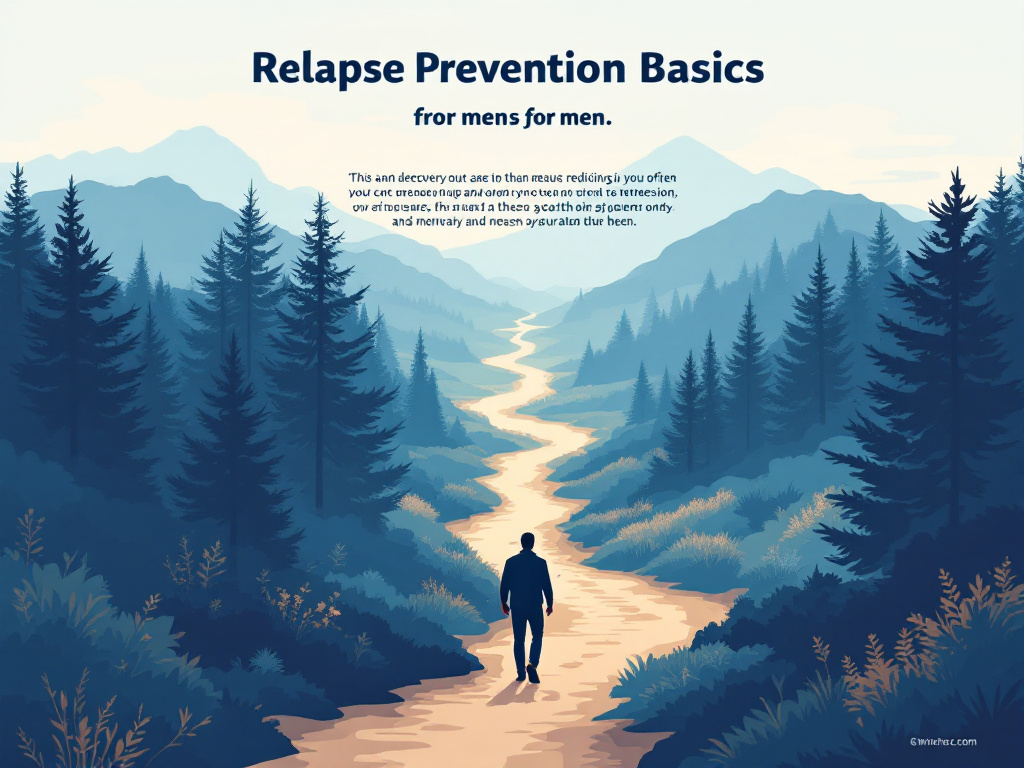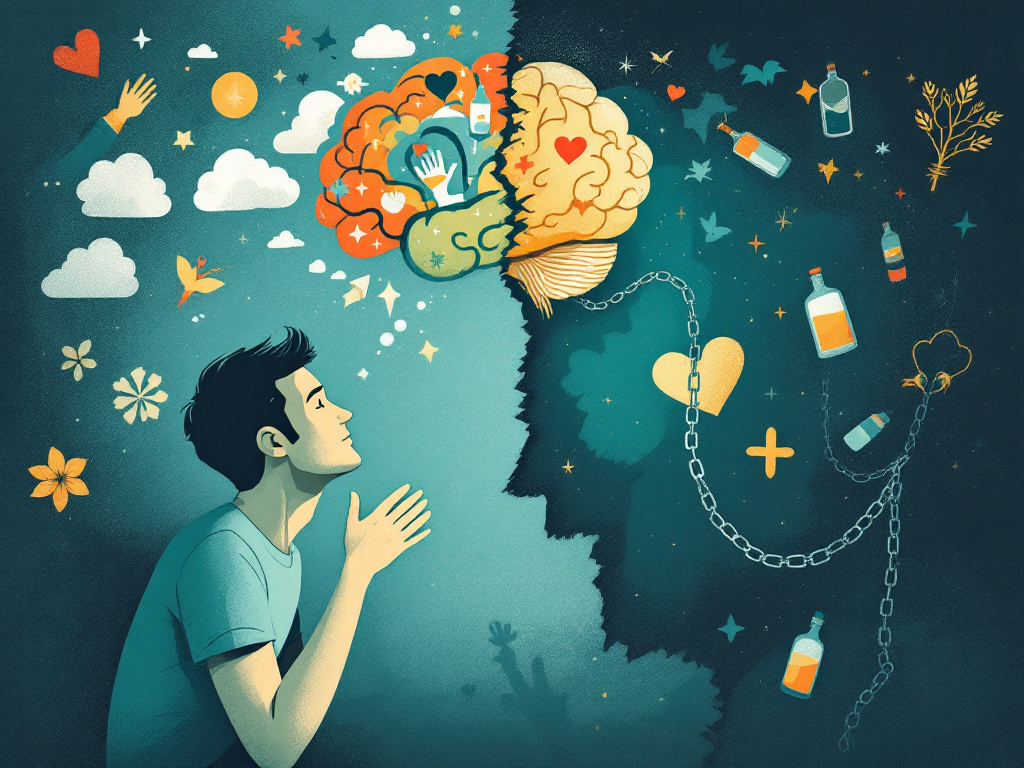Understanding Opioid Use Disorder
Opioid Use Disorder (OUD) is a complex condition that impacts individuals and their families. It is crucial to understand the statistics surrounding OUD and the medications available for its treatment as we strive to provide the best heroin addiction treatment.
Opioid Use Disorder Statistics
Over 6.1 million people aged 12 or older are estimated to have an opioid use disorder, showcasing the significant scale of the issue (FDA). These staggering figures underscore the urgent need for effective treatment options and support systems for those affected.
| Age Group | Estimated Cases of OUD (Million) |
|---|---|
| 12 – 17 | 0.5 |
| 18 – 25 | 1.3 |
| 26 and older | 4.3 |
| Total | 6.1 |
FDA-Approved Medications for OUD
The FDA has approved three main medications to treat opioid use disorder: buprenorphine, methadone, and naltrexone. Each of these medications has demonstrated safety and effectiveness in managing opioid dependence, which allows individuals to focus on their recovery journey without the overwhelming cravings that accompany withdrawal.
| Medication | Description |
|---|---|
| Buprenorphine | A partial opioid agonist that helps reduce cravings and withdrawal symptoms. |
| Methadone | A full opioid agonist used in a regulated manner to stabilize individuals and reduce illicit opioid use. |
| Naltrexone | An opioid antagonist that blocks the effects of opioids, helping to prevent relapse. |
These medications form an essential component of our medication-assisted treatment, but they are most effective when combined with behavioral therapies and comprehensive support. Our commitment at Recovery Bay Center is to offer the highest quality of treatment options, including individual therapy addiction and group program addiction, so that each person can reclaim their lives.
Importance of Medication-Assisted Treatment
FDA Efforts and Campaigns
We understand the critical importance of addressing opioid use disorder (OUD) and the role that medication-assisted treatment plays in effective recovery. Over 6.1 million people aged 12 or older are estimated to have an opioid use disorder (FDA). To combat this issue, the FDA is actively working to raise awareness among healthcare providers regarding the treatment of OUD, particularly the use of medications for opioid use disorder (MOUD).
The campaign titled “Prescribe with Confidence: Patients with Opioid Use Disorder Need You” encourages healthcare providers to screen for OUD and manage it collaboratively with patients, similar to other chronic conditions. This initiative reflects our commitment to utilizing all available tools, including pharmacological support, to assist those in need.
Benefits of Pharmacological Treatment
Medication-assisted treatment is a powerful resource in our approach to heroin addiction treatment. Research demonstrates that medications can substantially improve outcomes, especially during the detoxification stage of opioid addiction. They help to ease cravings and physical symptoms, which is crucial for preventing relapse. For example, the FDA approved lofexidine, a non-opioid medication, specifically for reducing opioid withdrawal symptoms, making the recovery journey more manageable (National Institute on Drug Abuse).
Medications work through the same opioid receptors as addictive drugs but are designed to be safer and less likely to lead to harmful behaviors associated with substance use disorder. They are categorized as agonists, partial agonists, and antagonists, each serving distinct functions tailored to an individual’s specific medical needs.
The integration of both behavioral and pharmacological treatments has proven to be the most effective strategy for many individuals. This comprehensive approach can lead to restored brain function and behavior, increased employment rates, and reduced risks of HIV, other diseases, and criminal behavior.
By choosing Recovery Bay Center, you or your loved one will benefit from our dedication to delivering high-quality heroin addiction treatment that encompasses medication-assisted therapy along with holistic and comprehensive support systems.
Effective Medications for OUD
In our commitment to providing comprehensive heroin addiction treatment, we recognize the importance of effective medications in managing opioid use disorder (OUD). Here, we will explore the various types of medications available, as well as their mechanisms of action.
Types of Medications
There are three FDA-approved medications for the treatment of OUD: buprenorphine, methadone, and naltrexone. Each of these medications belongs to different categories based on their action at opioid receptors.
| Medication Name | Type | Description |
|---|---|---|
| Buprenorphine | Partial Agonist | This medication has a ceiling effect, meaning it reduces the risk of overdose. It is available in various forms, including Suboxone and injectable formulations. |
| Methadone | Agonist | Methadone is a long-acting opioid that can reduce cravings and withdrawal symptoms. It is available in syrup, tablet, and injectable forms. |
| Naltrexone | Antagonist | This medication blocks opiate receptors in the brain, completely reducing opioid effects and cravings. |
Each of these medications has demonstrated safety and effectiveness in managing OUD, allowing individuals to stabilize their lives while undergoing treatment (FDA).
Mechanism of Action
The medications we use to treat OUD work through the same opioid receptors as the addictive substances but are formulated to be safer in comparison. This characteristic significantly reduces the likelihood of harmful behaviors associated with substance use disorder. They are categorized as follows:
-
Agonists: These medications activate opioid receptors, alleviating withdrawal symptoms and cravings. Methadone serves as a primary example.
-
Partial Agonists: Medications like buprenorphine offer a milder activation of the receptors, producing less intense effects than full agonists while still reducing cravings and withdrawal symptoms. This ceiling effect decreases the risk of overdose.
-
Antagonists: Naltrexone blocks the effects of opioids, making it ineffective for use when opioids are taken. This feature can help prevent relapse by reducing the rewarding effects associated with opioid use (National Institute on Drug Abuse).
Effective medications such as lofexidine, a non-opioid medication approved to ease withdrawal symptoms, are beneficial in the detoxification stage and can help to prevent relapse when combined with evidence-based treatment (National Institute on Drug Abuse).
In our treatment programs at Recovery Bay Center, we tailor a combination of these medications based on the individual’s specific medical needs and circumstances, indicating our commitment to providing the highest quality care in the realm of heroin addiction treatment. For those looking for personalized options, our medication-assisted treatment approach might be the right path to recovery.
Comprehensive Treatment Approaches
At Recovery Bay Center, we understand that treating heroin addiction requires a multifaceted approach. Incorporating both behavioral therapies and pharmacological treatments is essential for effective recovery.
Integrating Behavioral Therapies
Behavioral therapies are crucial in our approach to heroin addiction treatment. They help modify harmful behaviors related to drug use and enhance coping mechanisms for life’s stressors. Effective methods include contingency management, which uses a voucher-based system to motivate individuals based on negative drug tests, and cognitive-behavioral therapy (CBT), which focuses on changing a person’s expectations and behaviors about drug use. Research indicates that combining these therapies with medications significantly boosts recovery rates for individuals with heroin use disorder (National Institute on Drug Abuse).
In therapy, we also address underlying traumas and mental health issues, allowing clients to develop new habits to prevent relapse. Mindfulness-based stress reduction (MBSR) and relapse prevention therapy are also instrumental in our treatment model. This integrated approach fosters healthier coping strategies, which can lead to more sustainable recovery outcomes.
Combined Benefits of Medication and Therapies
Combining medications with behavioral therapies yields the most effective treatments for heroin use disorder. Medications may include those that manage withdrawal symptoms or pharmacological agents that block opioid effects. Research has shown that when behavioral treatments, such as cognitive-behavioral therapy, are paired with medications, individuals experience a restoration of brain function and improved overall behavior. This can result in increased employment rates and reduced risk of HIV and criminal behavior (National Institute on Drug Abuse).
Creating a tailored treatment plan, in collaboration with healthcare providers, enables us to meet the specific needs of each individual. This personalized care allows for a holistic recovery experience, significantly enhancing overall well-being. To learn more about medication-assisted treatments, refer to our detailed section on medication assisted treatment. Integrating these therapeutic strategies provides an empowered path to lasting recovery for those affected by heroin addiction.
Life-Changing Impact of Treatment
Restoring Brain Function
Our commitment to providing comprehensive heroin addiction treatment helps individuals restore their brain function, which can be severely impacted by substance use disorder. Research indicates that integrating both behavioral and pharmacological treatments is the most effective strategy for many individuals with heroin use disorder (National Institute on Drug Abuse). By targeting the same opioid receptors as the addictive drug, medications used in treatment provide a safer alternative and help to stabilize brain function.
Pharmacological treatments can significantly increase retention in treatment programs, decrease drug use, and reduce the risk of associated diseases such as HIV. They are tailored to meet specific medical needs, ensuring that each individual receives the most appropriate care. Our experienced team regularly reviews treatment plans, adjusting therapies and medications as necessary to enhance recovery outcomes.
Improving Quality of Life
Our heroin addiction treatment program is designed to improve the overall quality of life for those in recovery. Individuals who engage with our treatment experience greater employment rates, reduced risks associated with infectious diseases, and diminished criminal behavior.
Through supportive therapies and structured life skill training, we help clients develop healthy coping mechanisms and reconnect with their community. Support groups like Narcotics Anonymous play a vital role in maintaining long-term recovery, offering continuous encouragement throughout the recovery journey.
The journey to recovery is ongoing, and our dedicated teams are here to assist individuals at every step with personalized care, including dual diagnosis treatment to address any co-occurring mental health issues. Our aftercare planning program and alumni support program further equip clients for a successful reintegration into their lives.
By choosing Recovery Bay Center, individuals can take the first step toward a healthier future and a renewed quality of life. We are committed to providing a supportive environment that empowers individuals to overcome addiction and reclaim their lives.
Addressing the Heroin Epidemic
Heroin Addiction Trends
The heroin epidemic has seen alarming trends over the last two decades. Annual average rates of past-year heroin use increased substantially, from 1.6 per 1,000 persons aged 12 years and older in 2002-2004 to 2.6 per 1,000 in 2011-2013. Additionally, the rates of heroin abuse or dependence have almost doubled, going from 1.0 per 1,000 to 1.9 per 1,000, marking a 90% increase overall. Since the years 2008-2010, there has been a 35.7% rise in these statistics (CDC).
In 2013, an estimated 517,000 individuals reported past-year heroin abuse or dependence, reflecting a nearly 150% increase since 2007. Men have consistently shown higher rates of heroin usage compared to women. Notably, the gap between these rates has narrowed from 2002 to 2013 as awareness about addiction has increased and prevention measures were implemented.
Risks and Consequences
The risks associated with heroin use extend beyond addiction, impacting individuals socially, economically, and health-wise. The strongest risk factor for heroin abuse or dependence is a history of opioid pain reliever abuse or dependence, with an adjusted odds ratio of 40.0 (CDC).
Moreover, the correlation between past-year heroin abuse and heroin-related overdose deaths has been concerning. As the rates of abuse or dependence have risen, so too have the number of overdose deaths related to heroin. This emphasizes the urgency for effective treatment options and preventive measures.
Choosing a facility like Recovery Bay Center for heroin addiction treatment ensures that individuals receive comprehensive care tailored to their specific needs, facilitating recovery in a supportive environment. With treatment options including inpatient rehab, dual diagnosis treatment, and various therapeutic programs, we are committed to helping individuals reclaim their lives from addiction.





